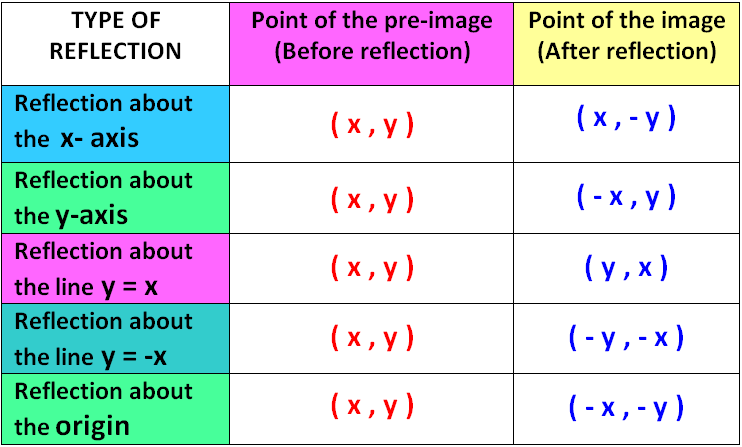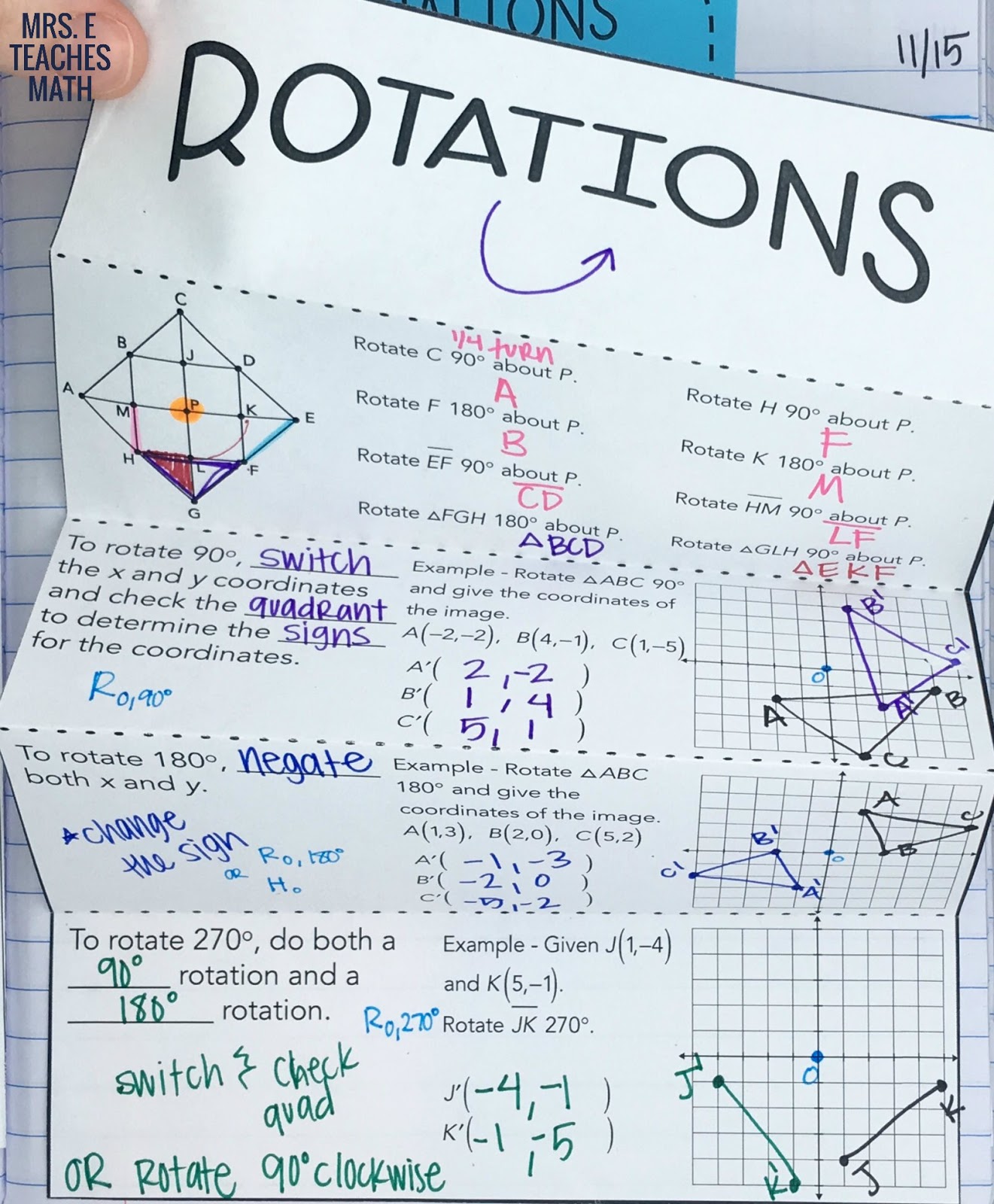

In grades 5-9, these are usually called reflections, and students learn properties that help them draw reflections by measuring. In upper elementary/middle school, children see flips again.

We say that images with a vertical mirror line have "vertical line symmetry", but when we reflect across a vertical line, we usually say we are flipping or reflecting it to the right (or left), and if the line is horizontal we usually say that we are flipping the shape up (or down).Ĭhildren in primary grades are often asked to identify a transformation as a flip, or are asked to draw a flip. Often, when children are asked to draw a flip a horizontal or vertical reflection line is shown The vocabulary we use in flipping a shape is a bit different from the what we use when describing reflections.

When we flip or reflect a shape, we usually describe it as being flipped or reflected across a line-the mirror line. If you draw a shape on tracing paper, and then turn (flip) the paper over, you can see that the shape is still drawn on the opposite side of the paper, and the image you can see has been flipped: This is easiest to see with tracing paper. The word flip comes from the idea of making the movement using a shape drawn on a piece of paper. You can see the result of a flip or a reflection in a shape that has line symmetry, so line symmetry is related to the movement that is a reflection or a flip. Flips (Reflections):Ī flip is also called a reflection. Transformations describe how a movement is made from one place to another. In kindergarten and pre-K, children learn to describe relative position using words like: above, below and between. Flips, turns and slides are position changes you make to a shape-they describe motions and/or the result of a motion. Transformations are changes that are made to a shape. Flips Turns and Slides Lesson 7.6: Transformations: Flips, Turns and Slides


 0 kommentar(er)
0 kommentar(er)
